
- Home
- India
- World
- Premium
- THE FEDERAL SPECIAL
- Analysis
- States
- Perspective
- Videos
- Sports
- Education
- Entertainment
- Elections
- Features
- Health
- Business
- Series
- In memoriam: Sheikh Mujibur Rahman
- Bishnoi's Men
- NEET TANGLE
- Economy Series
- Earth Day
- Kashmir’s Frozen Turbulence
- India@75
- The legend of Ramjanmabhoomi
- Liberalisation@30
- How to tame a dragon
- Celebrating biodiversity
- Farm Matters
- 50 days of solitude
- Bringing Migrants Home
- Budget 2020
- Jharkhand Votes
- The Federal Investigates
- The Federal Impact
- Vanishing Sand
- Gandhi @ 150
- Andhra Today
- Field report
- Operation Gulmarg
- Pandemic @1 Mn in India
- The Federal Year-End
- The Zero Year
- Science
- Brand studio
- Newsletter
- Elections 2024
- Events
- Home
- IndiaIndia
- World
- Analysis
- StatesStates
- PerspectivePerspective
- VideosVideos
- Sports
- Education
- Entertainment
- ElectionsElections
- Features
- Health
- BusinessBusiness
- Premium
- Loading...
Premium - Events
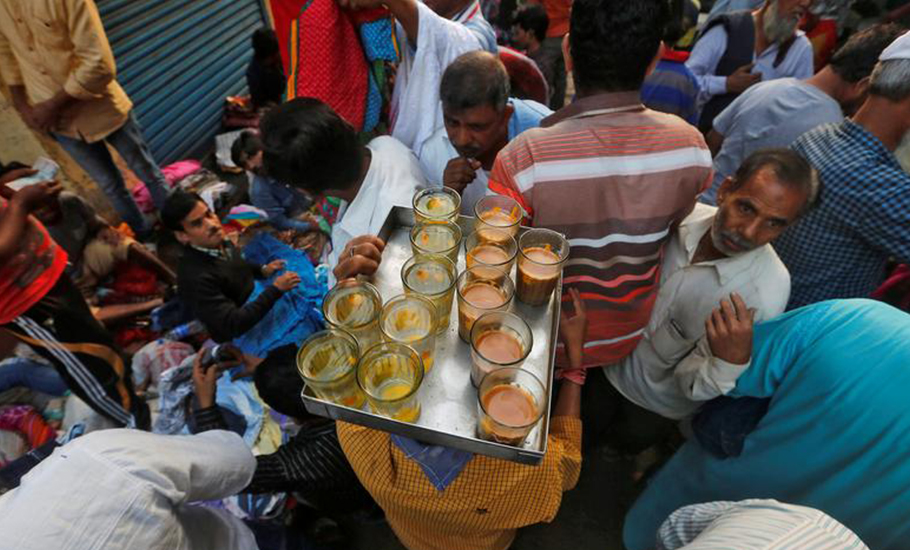
Why Asia’s unique landscape calls for a bigger tea party

From Chinese Pu’er (fermented tea) to Tibetan po cha (butter tea) to our very own Indian masala chai (spiced tea) or doodh cha (sweet milky tea), an array of traditions has developed across the world centering around the beverage and the cultivation of the prized tea leaves. But despite having the most spectacular landscapes devoted to a single crop, tea, cultural preservationists feel, has...
From Chinese Pu’er (fermented tea) to Tibetan po cha (butter tea) to our very own Indian masala chai (spiced tea) or doodh cha (sweet milky tea), an array of traditions has developed across the world centering around the beverage and the cultivation of the prized tea leaves.
But despite having the most spectacular landscapes devoted to a single crop, tea, cultural preservationists feel, has not yet been given relevant importance as heritage in local and international policy documents.
Keeping all that in mind, the International Council on Monuments and Sites (ICOMOS), which works for conservation and protection of cultural heritage places, now says countries in the Asian region, a major tea-producing area, should consider some tea cultural landscapes for potential nominations for inscription on the World Heritage List.
In a thematic study on the ‘Tea Landscapes in Asia’, it says, “Asia produces a varied range of teas, and supports a huge tea industry with an associated heritage that represents the long history of tea cultivation and tea landscapes. These tea landscapes, with an intense and calm sense of beauty, are the past and future of their rural environment and communities, a paradigm of a cultural landscape resulting from the harmonious interaction between humans and nature, and should be represented on the World Heritage List.”
Steeped in tradition
From British royals to Indian coolies, the aroma of these unique traditions has charmed all. So much so that chai pe charcha (discussions over a tea cup) became a successful canvassing model in Indian elections.
The evolution of this ancient tradition that dates back to southwest China in 2700 BC, has brewed a unique cultural heritage and history particularly in the tea-growing areas of the world.
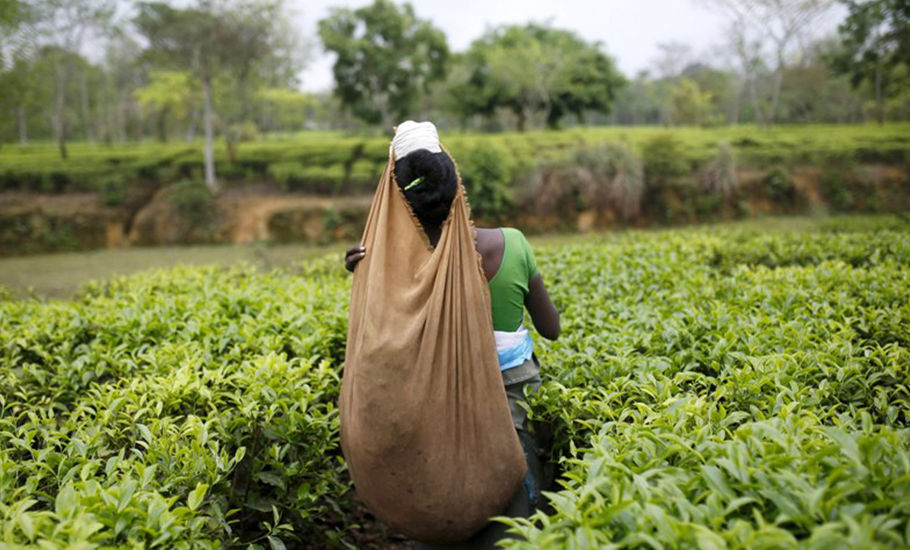
In the process, it transformed from a medicinal drink to a refreshing beverage with close connotations with religious and social rituals. It has become such an integral part of everyday life and community, that tea customs, literature and history, though often associated with exploitation, today constitute, what the Unesco says, is an “important shared heritage in the contemporary world”.
Tea rituals such as kahwa in some parts of India and Pakistan, or qymaq chai in Afghanistan or chanoyu in Japan are a few examples of socio-religious contribution of the ubiquitous beverage.
Kahwa, originally a Kashmiri cuisine, is prepared in a brass urn by adding cardamom, cinnamon, almonds and saffron to tea. It is served at special occasions such as weddings and festivals.
A traditional drink often served in Afghanistan during weddings and engagements is an elaborate pink tea called qymaq chai prepared with added milk and cardamom.
The Japanese tea ceremony chanoyu is a ritual developed by Zen Buddhists. It involves matcha, a frothy brew made of powdered green tea.
Preparation, presentation and consumption of the brew needs specialised space and follows a codified procedure.
It is this and more such codified rituals involving tea that the Unesco says were never given their rightful place in history.
How the brew evolved
“The complex intercultural exchanges associated with tea and tea culture were the direct result of the movement of traders, missionaries, and physicians along the Silk Road. As they travelled across the vast regions of Eurasia, different elements of culture were transmitted both to the East and the West. Tea culture is just one excellent example of the new imports and social practices that were often later transformed and reconceptualised according to the specificities of the societies into which they were introduced,” a Unesco document reads.
From the time when tea was first cultivated in China around the third millennium BC as a medicinal beverage to now when it has become a major global industry, tea landscapes in Asia are examples of cultural vistas, embedded with multiple intangible values, and reflecting generations and generations of human activity.
Tea (Camellia sinensis) is the most-consumed manufactured drink in the world. Discovered in around 2700 BC, it is one of the world’s oldest beverages. From China, cultivation spread to other Asian countries, and then, much more recently, around the 17th century, it arrived in Europe and was exported in huge quantities by the Portuguese, Dutch and British. During the 19th and 20th centuries, there was a substantial expansion in tea cultivation around the world.
By the end of the 20th century, tea cultivation had spread to some 40 countries in Africa, Asia and South America, and around the Black and Caspian Sea, limited to areas in the world where there is a hot, moist climate, a minimum annual precipitation of 1,250 mm, preferably acidic soils, ideally 0.5-10 degree slopes, and elevations up to 2,000 metres.
The four biggest tea-producing countries are China, India, Sri Lanka and Kenya, representing 75 per cent of global production.
Today, it is available for consumption in six main varieties that are based on the oxidation and fermentation technique applied.
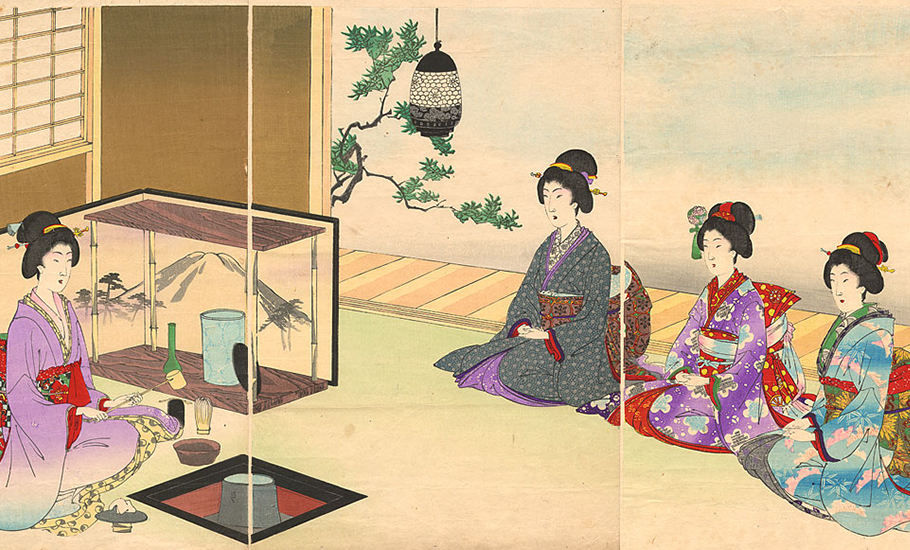
It is recognised by the Food and Agriculture Organization of the United Nations (FAO), and its contributions to health, culture and socioeconomic development are still as relevant today. Tea is currently grown in more than 35 countries and supports over 13 million people, including smallholder farmers and their households who depend on the tea sector for their livelihoods. It is celebrated by the FAO through its annual International Tea Day on May 21 and still represents a vital role in rural development, poverty reduction and food security.
According to the recent ICOMOS report, the tea landscape in Asia is also strongly related to poetry, literature and painting, and has developed into a refined and systematic spiritual cultural aesthetic system. “China, Japan and South Korea all have tea poems, tea paintings and tea literary works, among which China has the most.”
Shennong, the divine ancestor of agriculture and medicine in China, is said to have “tasted hundreds of herbs” and learned about the medicinal effects of tea 5,000 years ago. Since then, tea and medicine have been mixed, complemented and separated. There are more than 500 records on the medical use of tea in China, of which 10 are from the Tang dynasty (618-907). The tea tree is regarded as a god, and it has become the object of primitive religious worship in southwest China, northern Myanmar and other places.
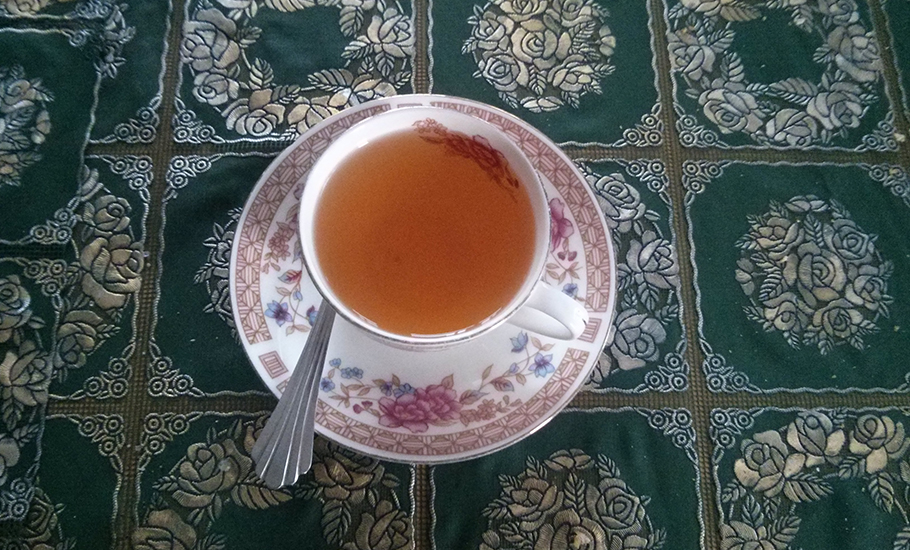
Tea ceremonies and tea ethics contain the essence of mainstream Asian Confucianism, Buddhism and Taoism. The tea landscape is a material carrier, important component and practice space of the three religions.
Among the five continents in the world, Asia has the largest tea planting area. The tea planting area in Asia accounts for about 90 per cent of the world’s total, and its production accounts for about 84 per cent of the world’s total. China has the largest tea plantation area and tea production output in the world.
A truly Asian giant
The Asian tea landscape is a typical organically evolving and associative cultural landscape.
It records and displays the process from the discovery and use of wild tea trees to domestication and production in Asian countries over the past 6,000 years. The cultural landscape reflects tea-related ecological civilisation achievements, tea landscape morphologies and tea culture, which have been created through Asian tea production and life practices.
Pradip Baruah, who works with Tocklai Tea Research Institute in Assam and has written several books on tea history, says: “China, which has a 5,000-year-old rich tea history, stands a chance for getting their landscapes inscribed on the World Heritage List.”
The Food and Agriculture Organisation incidentally has named four Asian tea cultivation sites as Globally Important Agricultural Heritage Systems. They are the Pu’er Traditional Tea Agrosystem in China, Fuzhou Jasmine and Tea Culture System in China, Traditional Tea-grass Integrated System in Shizuoka, Japan and Traditional Hadong Tea Agrosystem in Hwagae-myeon in South Korea.
The ICOMOS report says there is an infinite amount of information and documentation on ecological, botanical, social, artistic, cultural, industrial, gastronomic and, above all, economic aspects about tea, which is undoubtedly one of the great crops grown in the region.
“There is also abundant data referring to production, surface, yield and incomes, and to tea varieties, flavours and scents, including green tea, black tea and red tea, and the thousands of varieties produced,” the report says.
“However, there are only a few examples of studies, all of them very recent, concerning the landscapes resulting from the cultivation of tea. There is insufficient current data regarding tea landscapes and their values, attributes, authenticity, integrity and protection and management processes. However, the numerosity and diversity of these landscapes, along with the multiple values they express, suggest that there may be potential for inclusion on Tentative Lists and, eventually possibly, for nomination to the World Heritage List.
ICOMOS says it is urgent that research, study, protection and adequate management are implemented to face the risks to which they are subjected, such as climate change or excessive development.
“Climate change will have a negative effect on the habitat suitability of tea-growing areas, for which much depends on the change of seasonality, precipitation, temperature increase, among other factors, in the whole region, and thus on tea landscapes,” the report says.
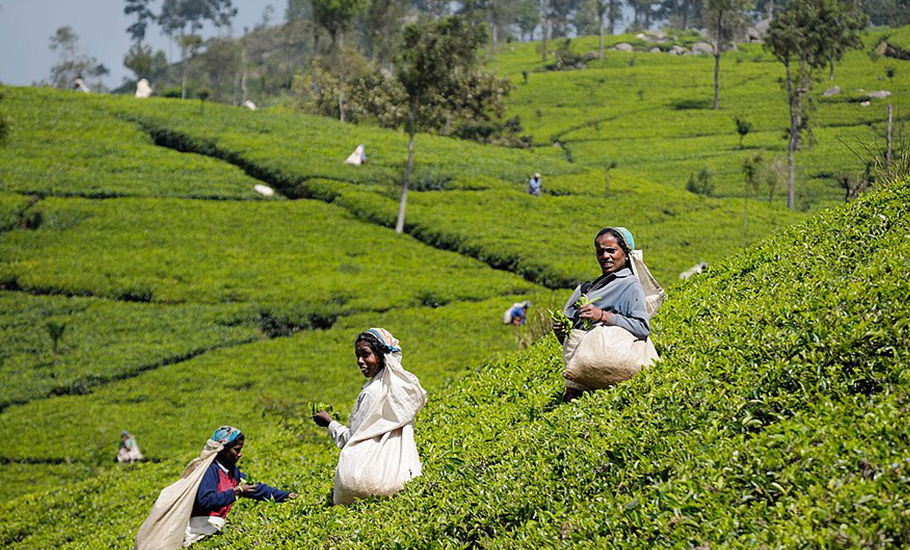
Citing an instance, it says tea tourism is increasing at an enormous pace in several traditional tea-producing areas and might constitute a risk as sometimes indigenous and imported tea traditions are being transformed into simple experiences for tourists, without adequate interpretation.
Tea tourism, according to ICOMOS, might be an opportunity, rather than a risk, if adequately linked with eco- and agro- and cultural tourism, directly benefiting local communities.
